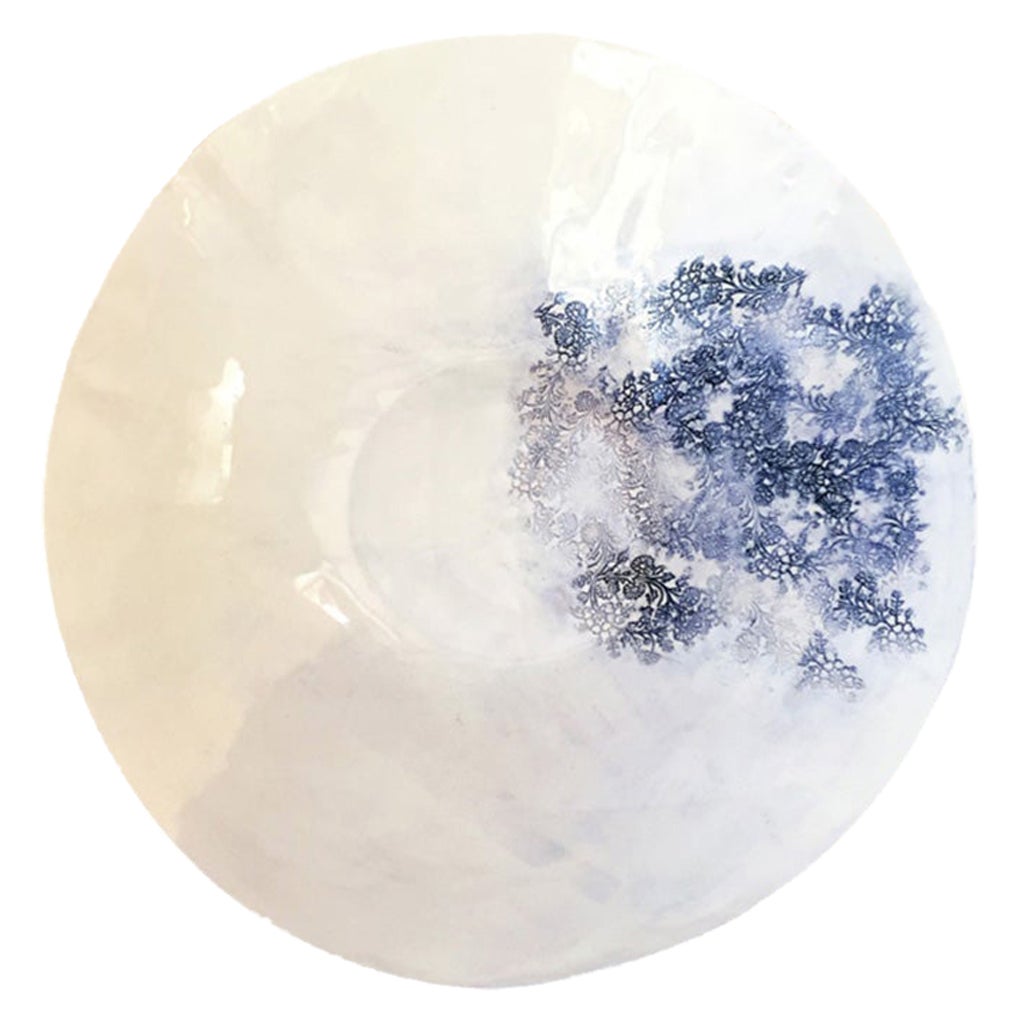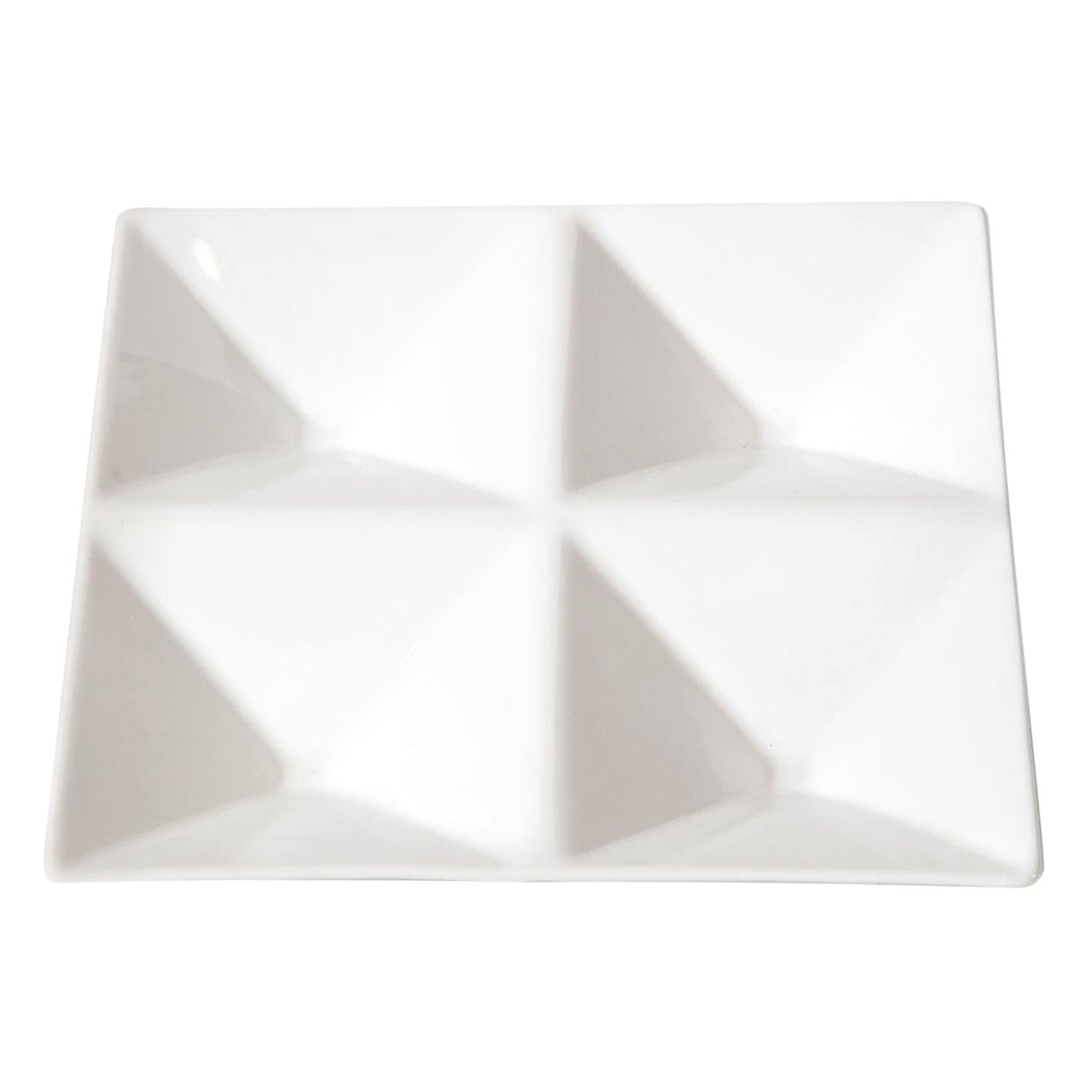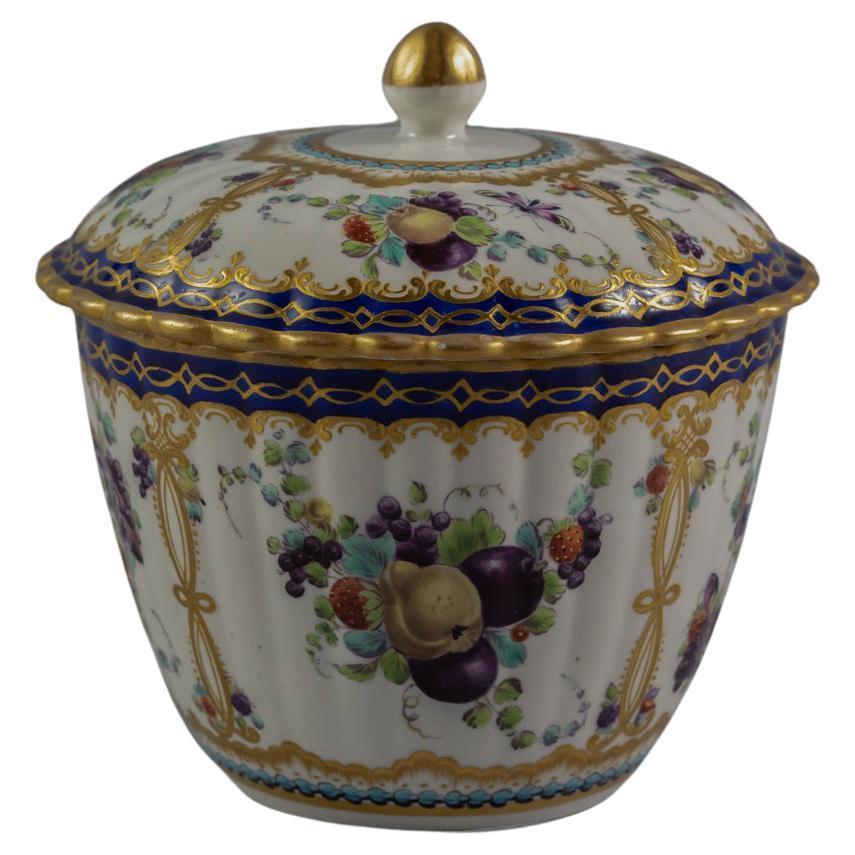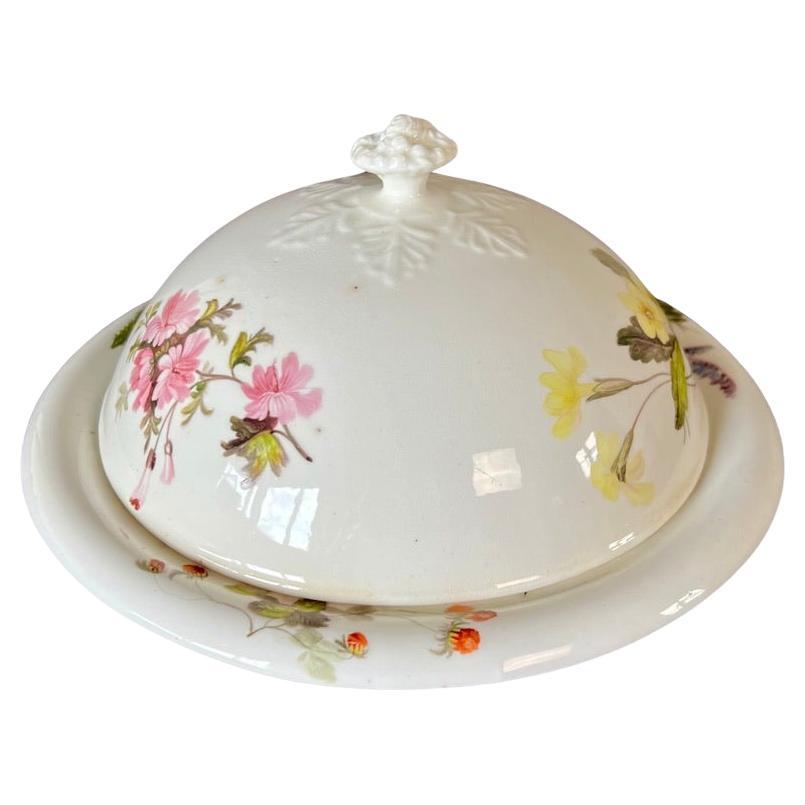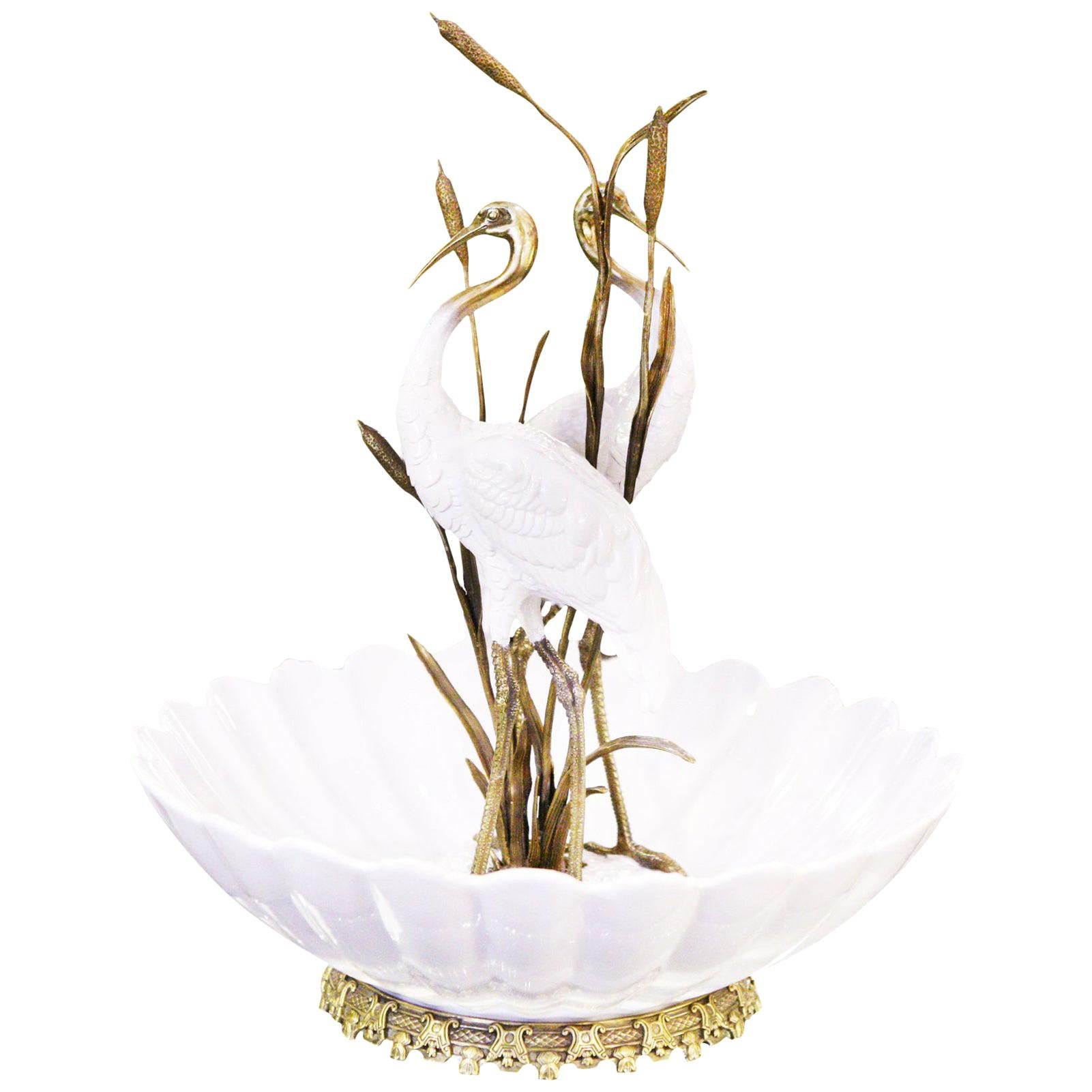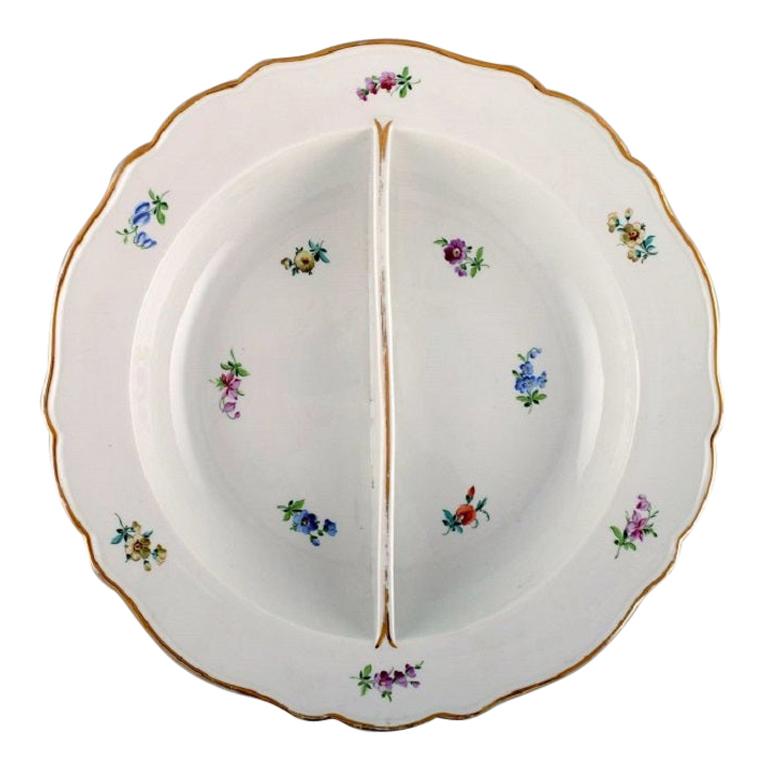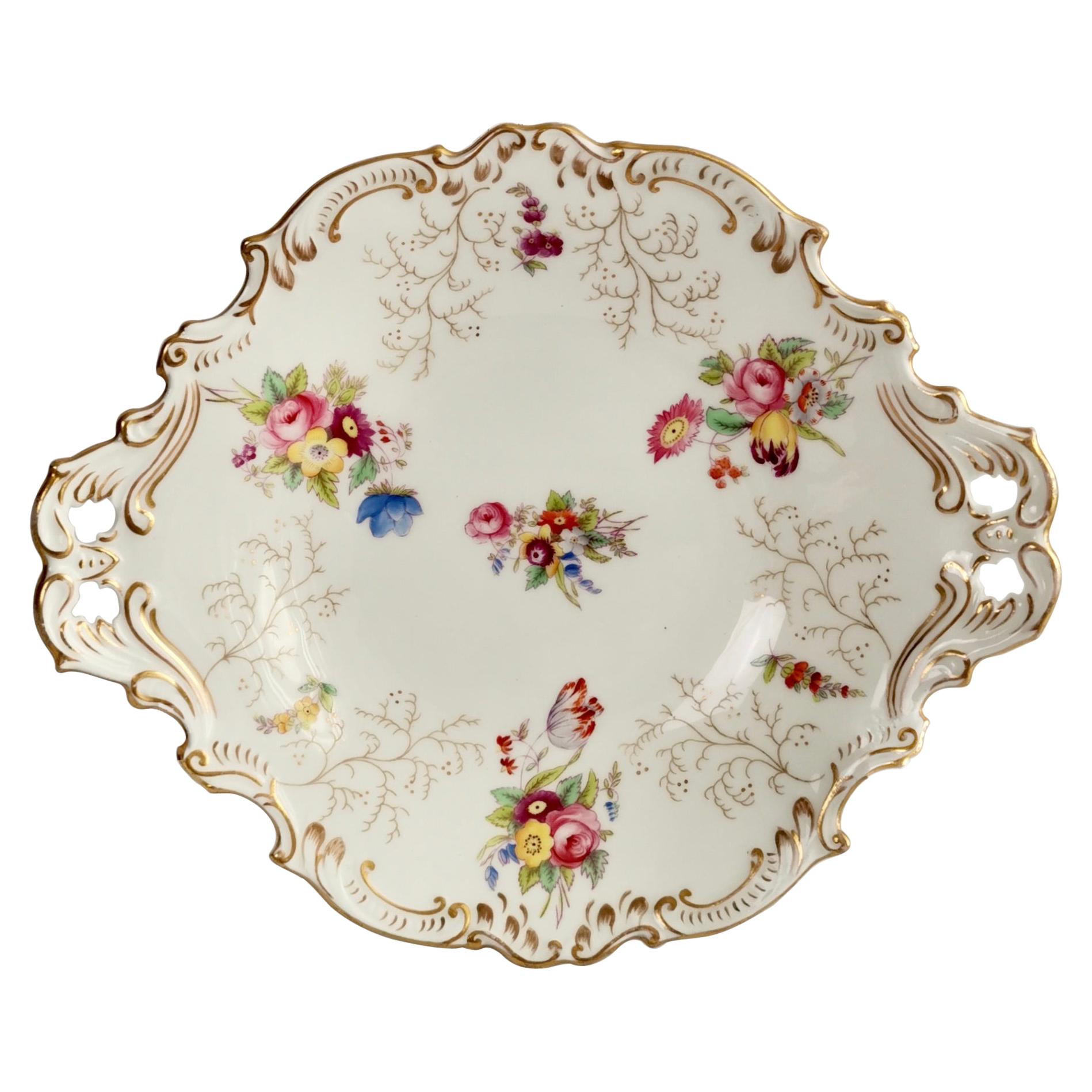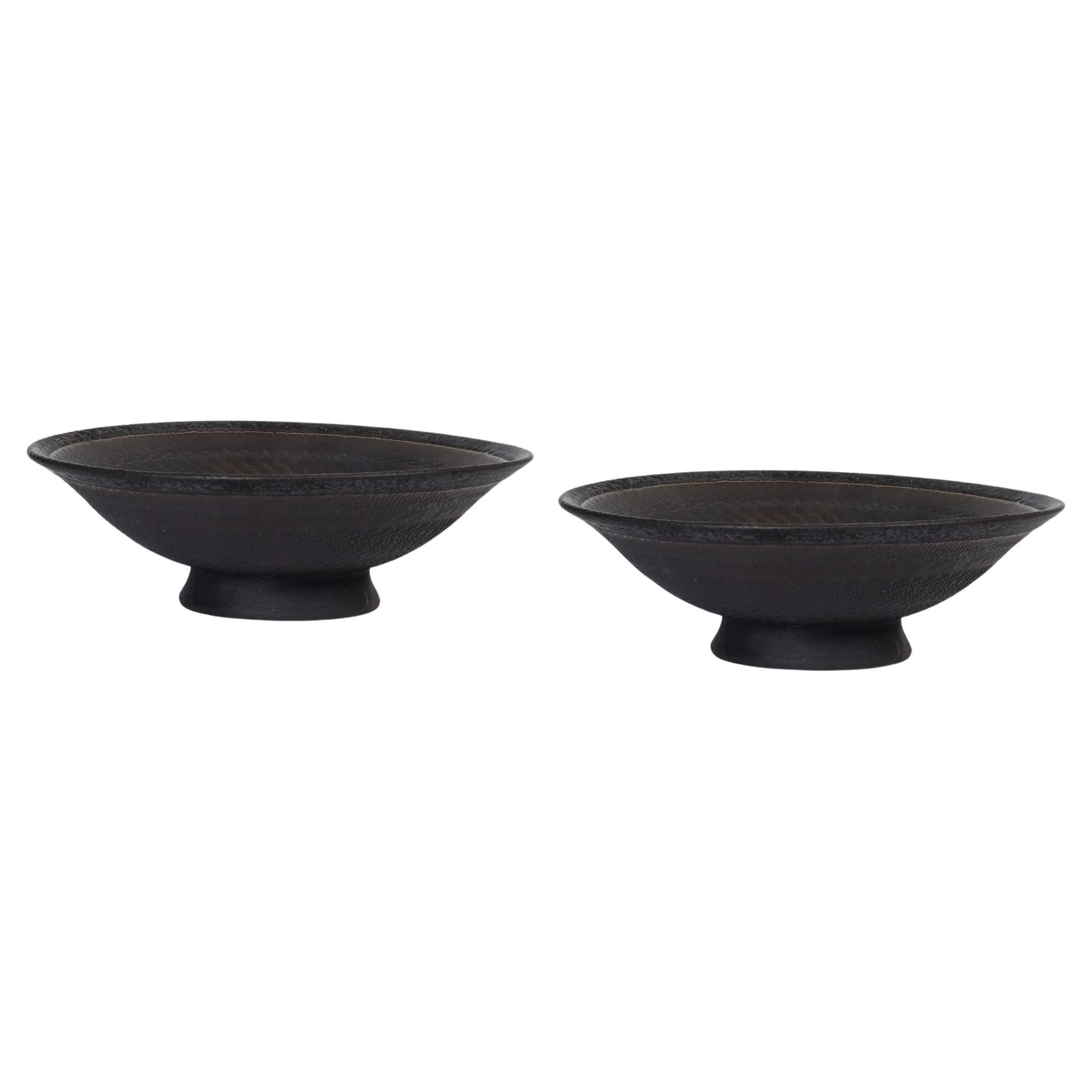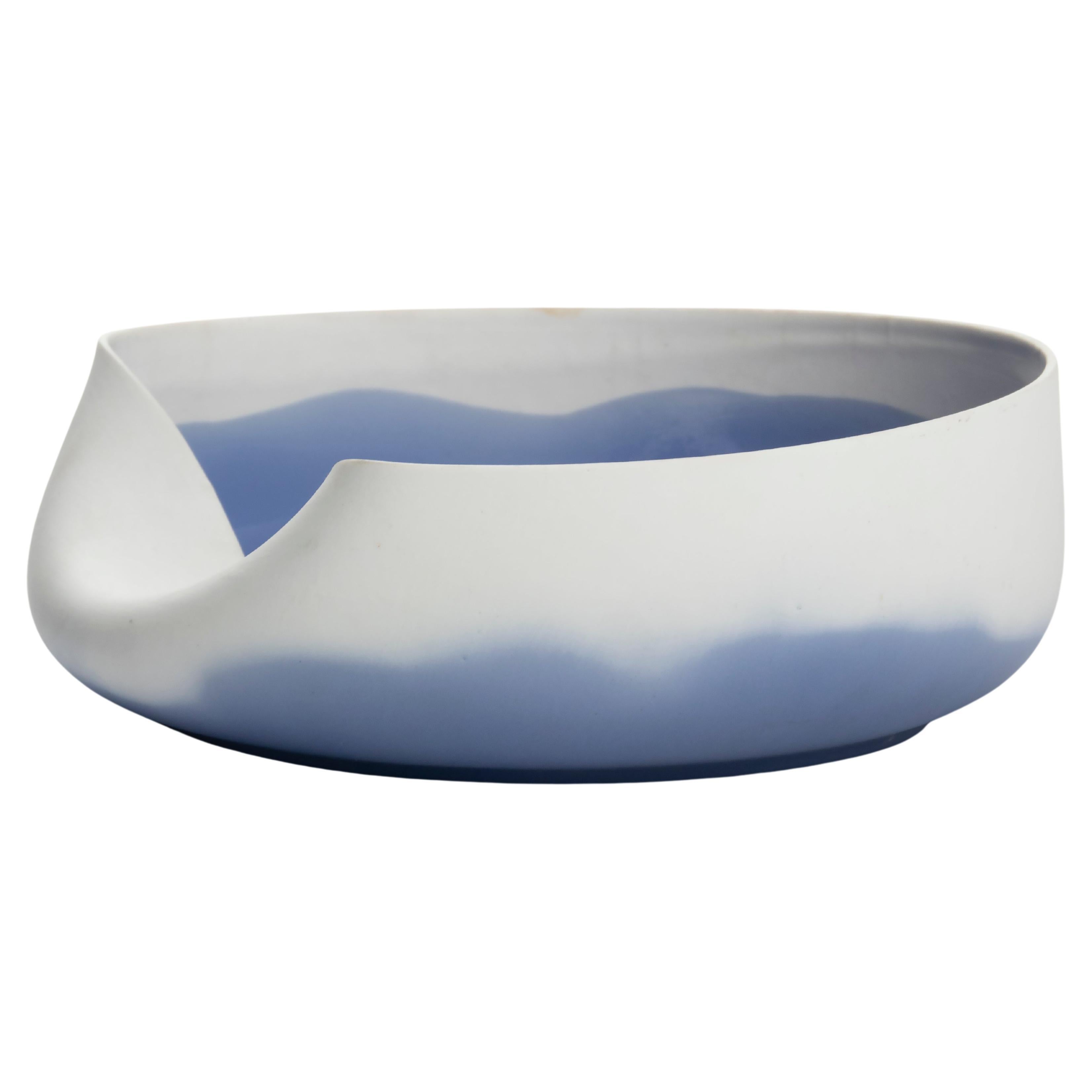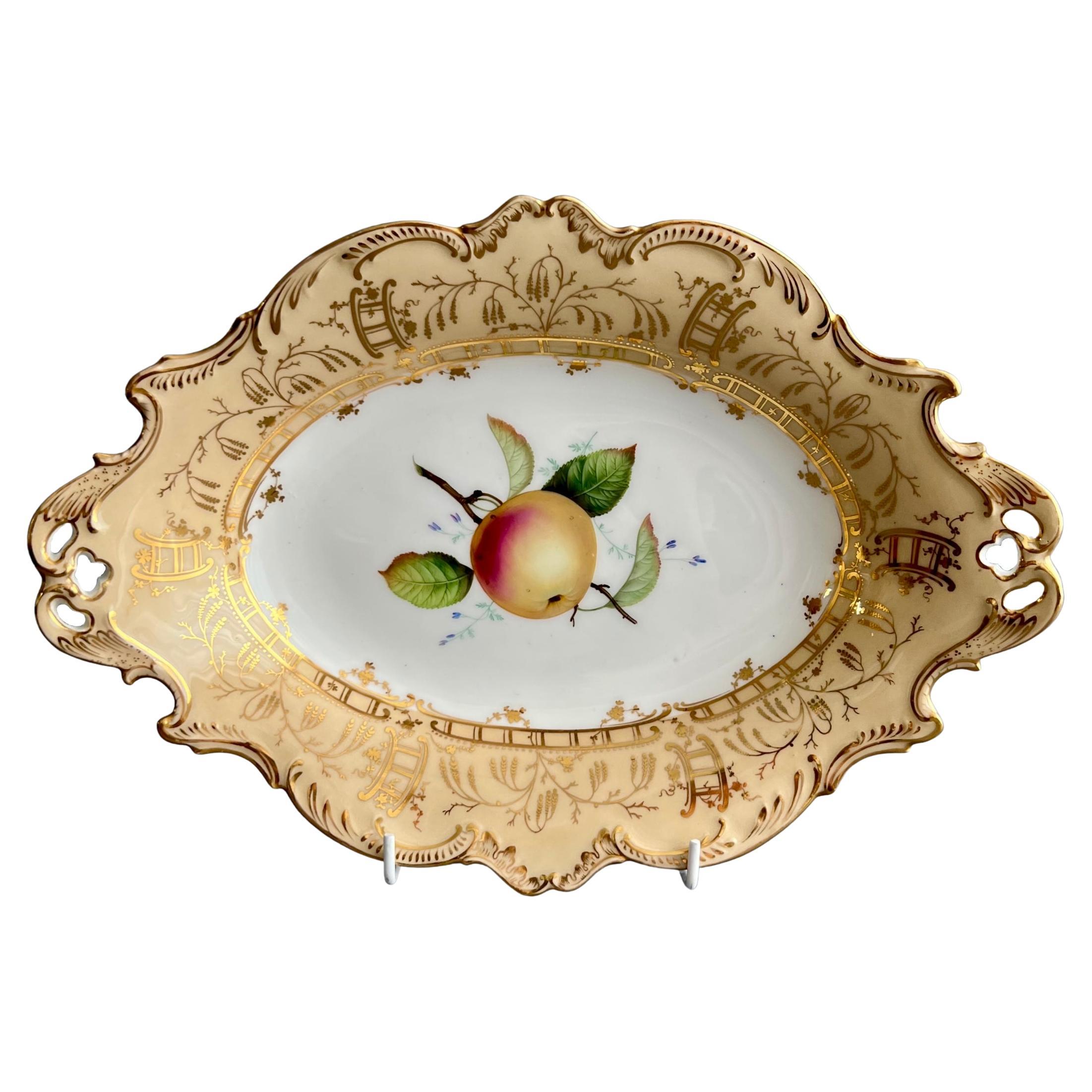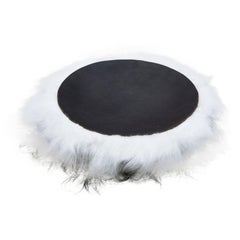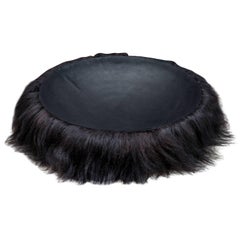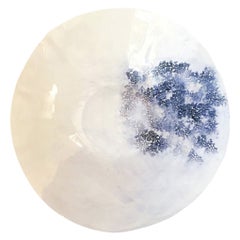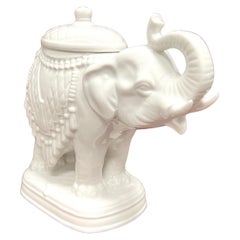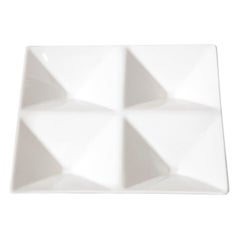
"Our Gods" White Porcelain Large Pot Imitation Series by Zhenhan Hao
View Similar Items
Want more images or videos?
Request additional images or videos from the seller
1 of 6
"Our Gods" White Porcelain Large Pot Imitation Series by Zhenhan Hao
About the Item
- Creator:Zhenhan Hao (Artist)
- Dimensions:Height: 13.78 in (35 cm)Diameter: 15.75 in (40 cm)
- Materials and Techniques:
- Place of Origin:
- Period:
- Date of Manufacture:2016
- Production Type:New & Custom(One of a Kind)
- Estimated Production Time:Available Now
- Condition:
- Seller Location:Beverly Hills, CA
- Reference Number:1stDibs: LU107945790953
About the Seller
5.0
Recognized Seller
These prestigious sellers are industry leaders and represent the highest echelon for item quality and design.
Established in 2020
1stDibs seller since 2014
406 sales on 1stDibs
Typical response time: 9 hours
More From This SellerView All
- Hairy Wild Man from Botany Bay Bowl White by Trent JansenBy Trent JansenLocated in Beverly Hills, CABroached Monsters by Trent Jansen The vast majority of mainstream Australian mythology commonly used as a foundation for Australian identity is culturally exclusive. Both Indigenou...Category
21st Century and Contemporary Australian Decorative Bowls
MaterialsAluminum
- Hairy Wild Man from Botany Bay Bowl Grey by Trent JansenBy Trent JansenLocated in Beverly Hills, CABroached monsters by Trent Jansen The vast majority of mainstream Australian mythology commonly used as a foundation for Australian identity is culturally exclusive. Both Indigenous myths, including post-colonial myths and precolonial dreaming stories, and non-indigenous Australian myths, including the bush legend, ANZAC tradition and convict legend, focus on the historical role that the race of authorship has played in building the nation. However, a contemporary understanding of Australian history acknowledges the contribution of both Indigenous and non-indigenous Australians in forging the nation, and the national identity which accompanies it. Instead of perpetuating the same exclusive national myths, perhaps Australians should adopt a national mythology that acknowledges this inclusive understanding of Australian history, a mythology that unites Australians of many backgrounds under a shared Australian identity. In his book on Australia’s Folklore of Fear, Robert Holden explores pre-colonial ideas of Australia as a Great Southern Land – an imaginary landmass conjured up to counterbalance the continents in the northern hemisphere, as far removed as possible from Britain, the center of the Christian world (Holden, 2001). Holden speaks of Australia as an imaginary world, occupied by unimaginable creatures and monsters. Holden is commenting in part on the mythical creatures that originated in both British and Aboriginal Australian folklore and were shared by the Aboriginal and non-Aboriginal inhabitants of Sydney during the early years of colonisation. Stories of the yahoo, a creature that resembled a slender man, with long white straight hair, extraordinarily long arms and great talons (Unknown 1842), captured the imaginations of the new British settlers, and soon a fear of the yahoo became a common ground between Aboriginal people and British settlers. is fear of a gruesome and vicious creature gained its potency from the folkloric tales that were used to substantiate its existence. These tales were suitably vague, their lack of detail attributed to the fierce nature of these creatures and the assumption that no one had survived an encounter (Holden, Thomas et al. 2001). The yahoo “became one of the very few Aboriginal legends to be embraced by the Europeans” (Holden, Thomas et al. 2001, p16), providing a catalyst for conversation between individuals from these two culturally disparate societies and forming some personal links between these communities. Could creature myths like the yahoo once again form the foundation of a united national...Category
21st Century and Contemporary Australian Decorative Bowls
MaterialsAluminum
- Hairy Wild Man from Botany Bay Bowl Black by Trent JansenBy Trent JansenLocated in Beverly Hills, CABroached Monsters by Trent Jansen The vast majority of mainstream Australian mythology commonly used as a foundation for Australian identity is culturally exclusive. Both Indigenous myths, including post-colonial myths and precolonial dreaming stories, and non-indigenous Australian myths, including the bush legend, ANZAC tradition and convict legend, focus on the historical role that the race of authorship has played in building the nation. However, a contemporary understanding of Australian history acknowledges the contribution of both Indigenous and non-indigenous Australians in forging the nation, and the national identity which accompanies it. Instead of perpetuating the same exclusive national myths, perhaps Australians should adopt a national mythology that acknowledges this inclusive understanding of Australian history, a mythology that unites Australians of many backgrounds under a shared Australian identity. In his book on Australia’s Folklore of Fear, Robert Holden explores pre-colonial ideas of Australia as a Great Southern Land – an imaginary landmass conjured up to counterbalance the continents in the northern hemisphere, as far removed as possible from Britain, the center of the Christian world (Holden, 2001). Holden speaks of Australia as an imaginary world, occupied by unimaginable creatures and monsters. Holden is commenting in part on the mythical creatures that originated in both British and Aboriginal Australian folklore and were shared by the Aboriginal and non-Aboriginal inhabitants of Sydney during the early years of colonization. Stories of the yahoo, a creature that resembled a slender man, with long white straight hair, extraordinarily long arms and great talons (Unknown 1842), captured the imaginations of the new British settlers, and soon a fear of the yahoo became a common ground between Aboriginal people and British settlers. is fear of a gruesome and vicious creature gained its potency from the folkloric tales that were used to substantiate its existence. These tales were suitably vague, their lack of detail attributed to the fierce nature of these creatures and the assumption that no one had survived an encounter (Holden, Thomas et al. 2001). The yahoo “became one of the very few Aboriginal legends to be embraced by the Europeans” (Holden, Thomas et al. 2001, p16), providing a catalyst for conversation between individuals from these two culturally disparate societies and forming some personal links between these communities. Could creature myths like the yahoo once again form the foundation of a united national...Category
21st Century and Contemporary Australian Decorative Bowls
MaterialsAluminum
- Pankalangu BowlBy Trent JansenLocated in Beverly Hills, CABroached monsters by Trent Jansen The vast majority of mainstream Australian mythology commonly used as a foundation for Australian identity is culturally exclusive. Both Indigenous myths, including post-colonial myths and precolonial dreaming stories, and non-indigenous Australian myths, including the bush legend, ANZAC tradition and convict legend, focus on the historical role that the race of authorship has played in building the nation. However, a contemporary understanding of Australian history acknowledges the contribution of both Indigenous and non-indigenous Australians in forging the nation, and the national identity which accompanies it. Instead of perpetuating the same exclusive national myths, perhaps Australians should adopt a national mythology that acknowledges this inclusive understanding of Australian history, a mythology that unites Australians of many backgrounds under a shared Australian identity. In his book on Australia’s Folklore of Fear, Robert Holden explores pre-colonial ideas of Australia as a Great Southern Land – an imaginary landmass conjured up to counterbalance the continents in the northern hemisphere, as far removed as possible from Britain, the center of the Christian world (Holden, 2001). Holden speaks of Australia as an imaginary world, occupied by unimaginable creatures and monsters. Holden is commenting in part on the mythical creatures that originated in both British and Aboriginal Australian folklore and were shared by the Aboriginal and non-Aboriginal inhabitants of Sydney during the early years of colonisation. Stories of the yahoo, a creature that resembled a slender man, with long white straight hair, extraordinarily long arms and great talons (Unknown 1842), captured the imaginations of the new British settlers, and soon a fear of the yahoo became a common ground between Aboriginal people and British settlers. is fear of a gruesome and vicious creature gained its potency from the folkloric tales that were used to substantiate its existence. These tales were suitably vague, their lack of detail attributed to the fierce nature of these creatures and the assumption that no one had survived an encounter (Holden, Thomas et al. 2001). The yahoo “became one of the very few Aboriginal legends to be embraced by the Europeans” (Holden, Thomas et al. 2001, p16), providing a catalyst for conversation between individuals from these two culturally disparate societies and forming some personal links between these communities. Could creature myths like the yahoo once again form the foundation of a united national...Category
21st Century and Contemporary Australian Decorative Bowls
MaterialsAluminum
$290 / item - Macedonia D50 Tray 'Rose Gold Plated Bronze'By Janne KyttanenLocated in Beverly Hills, CAA signature Kyttanen design that has been integrated into the permanent collection at MoMA. This piece measures 50cm in diameter, and is inspired by structures formed by soap bubbles...Category
21st Century and Contemporary European Serving Bowls
MaterialsBronze
$20,000 / item - AVICO - Large Suspension Lamp - White Polymer Shade by Fontana ArteBy Fontana ArteLocated in Beverly Hills, CASuspension lamp with diffused and dimmable light. Chromed metal frame. White polyethylene diffuser. Available separately a optional polycarbonate locking disc with telescopic stem an...Category
21st Century and Contemporary Italian Chandeliers and Pendants
MaterialsMetal
You May Also Like
- Handcrafted Kashmir Extra Large Porcelain Blue and White BowlBy DBO HomeLocated in Sharon, CTIf you’re looking to make a statement, you’ve just found it. The first time we took the Kashmir XL Bowl out of the kiln we envisioned a gorgeous mound of lingu...Category
21st Century and Contemporary American Organic Modern Serving Bowls
MaterialsPorcelain
- ANDREA BY SADEK White Porcelain Elephant Candy DishLocated in Charlotte, NCAn Asian style candy dish in the shape of an elephant by Andrea by Sadek. Hand painted, white in color glazed porcelain of an Asian elephant with an oval shaped lid. Made in Japan, i...Category
Late 20th Century American Anglo-Indian Porcelain
MaterialsPorcelain
- Bowl by Kay Frank, White Porcelain, Scandinavian, Contemporary, Finland, ArabiaBy Arabia of FinlandLocated in New York, NYBowl designed by Kay Frank, designer of Arabia, circa 1957, porcelain. This is a new item, circa 2000. Made in Finland. midcentury design.Category
21st Century and Contemporary Finnish Mid-Century Modern Serving Bowls
MaterialsPorcelain
- Herons Cup in Brass and White PorcelainLocated in Paris, FRCup Herons with couple of 2 herons and reeds in hand carved brass. On white porcelain cup.Category
21st Century and Contemporary Italian Porcelain
MaterialsBrass
$2,585 Sale Price / item20% Off - Samuel Alcock Porcelain Muffin Dish, White, Flowers by William Pollard, ca 1826By Samuel Alcock & Co., William PollardLocated in London, GBA muffin dish with cover, simple white ground with fruit basket finial surrounded by moulded acanthus leaves, with fine flower sprays and wild strawberries by William Pollard Proven...Category
Antique 1820s English Regency Serving Bowls
MaterialsPorcelain
$865 / setFree Shipping - Large English Porcelain Covered Sugar Bowl, Worcester, Circa 1770Located in New York, NYPainted with a roundel of fruits and butterflies within a "Lord Henry Tynne" type border and an elaborately gilt blue band at the rim.Category
Antique 1770s English Porcelain
MaterialsPorcelain
